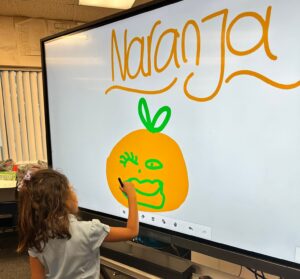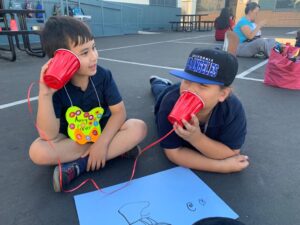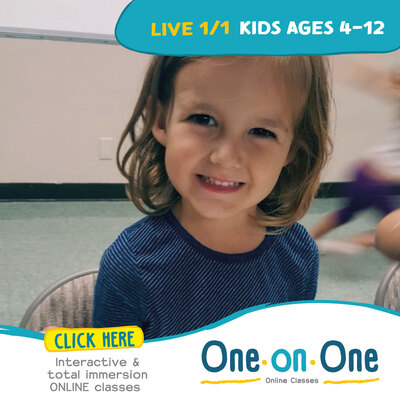What is a Visual Learner?
A visual learner absorbs information primarily using their eyes rather than their hands (kinesthetic) or ears (auditory). If they don’t “see” it, they’re not able to fully comprehend it. Most visual learners learn best by observing and analyzing visual aids such as diagrams, flow charts, graphs, colors, and maps. For example, say you’re trying to teach your child about the process of how pottery is made. A kinesthetic learner will want to jump in and play with the clay themselves, an auditory learner will want to hear a detailed explanation of how the process works, while a visual learner will want you to show it to them and then attempt it for themselves.
How do I know if my child is a visual learner?
Take the Quiz below.
[ays_quiz id=”2″]
Signs of an visual learner include:
Enjoys doodling and drawing
Thoughts might wander during a lesson
Good memorization skills
Enjoys reading books with images
Focused when reading
Notices details (can remember faces and images)
Neat and organized
Enjoys coloring pictures
Often closes their eyes to visualize or remember
Has good handwriting
Has a vivid imagination
May often look at a teacher’s lips while the teacher is talking
How to teach a visual learner?
Congratulations, you’ve determined your child is a visual learner! Now how do you move forward with that information? Here are some suggestions on how to teach a visual learner:
1. Use a Visual Schedule
Create a visual schedule to show the week’s activities with words and pictures and hang it up in a place where they can look at it often. This will give them an idea of what to expect for the upcoming week/month and they can visualize the topic for the day.
2. Visual Games
Playing games that stimulate the imagination will help reinforce the lesson. This is doubly true when your child is learning a new language. Here are a few examples of visual games you can play:
- Flashcards with colorful images
- Matching games (and repeating the words out loud).
- Picture Talk: Pick an exciting picture and ask your child to describe it in the target language.
- ‘Hidden object’ picture books.
3. Use a Whiteboard
Writing words and drawing concepts with colorful markers on a whiteboard will help keep your child engaged. Bonus if you can draw visuals around words.
4. Provide a Dedicated Workplace
Visual learners work best in organized environments. Having their own dedicated and clean place to work helps them avoid distractions and stay focused.
5. Don’t neglect the other styles of learning!
While it’s important to understand and play to the strengths of your child’s preferred learning style, children will actually learn best through multisensory learning when all the sensory modes (visual, auditory, kinesthetic) are engaged. Adding audio queues such as reading a book out loud or watching a movie will help stimulate different parts of their brain. Adding hands-on activities, such as crafts and games will get their bodies moving and interacting with the lesson in a different way.
Did you know that Cultural Bytes incorporates all three types of learning (visual, auditory, and kinesthetic) in our In Person and Online Classes? Don’t wait another day to sign your child up and find out what the fun is all about.

We play games like balloon toss (Kinesthetic).

We color and draw almost every day (Visual).

We play music and language games (Auditory).







